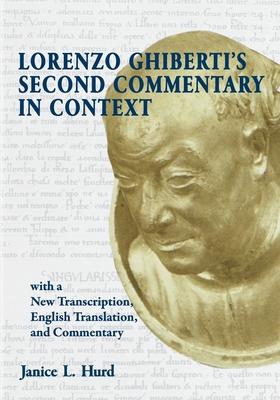Lorenzo Ghiberti's unfinished Commentaries is the earliest surviving writing by a great artist about the
principles and goals of art, about his own art, and about the attributes and means necessary for the artist to
produce excellent art.
Part I of this study reevaluates the character and purpose of Ghiberti's book and examines its content,
structure and organization, sources, dating, literary quality and style, and its place in the literature of
Italian art. It describes each of the book's three commentaries and shows how they are interrelated and
together form a coherent whole. It discusses Ghiberti's deliberate selection of the excerpts from Latin
ancient and medieval texts that comprise most of the first and third commentaries and his selection of the
artists and works recorded in the second commentary, and it explores the rationale behind these choices.
While all three commentaries contribute to understanding Ghiberti's interests and intent, the second
commentary is the fulcrum of his book and can be fully appreciated only in the context of his writing as a
whole. At the same time, it is important in its own right as a key source of information on late thirteenth-
and fourteenth-century Tuscan and Roman painting and sculpture and Ghiberti's art. Unlike the poorly
translated, defective, and often incomprehensible excerpts in the first and third commentaries, the second
commentary was written almost entirely in Ghiberti's own words and is easily understood.
Part II presents a new transcription and annotated English translation of this primary document for the
history of early Renaissance art and the history of art criticism.
